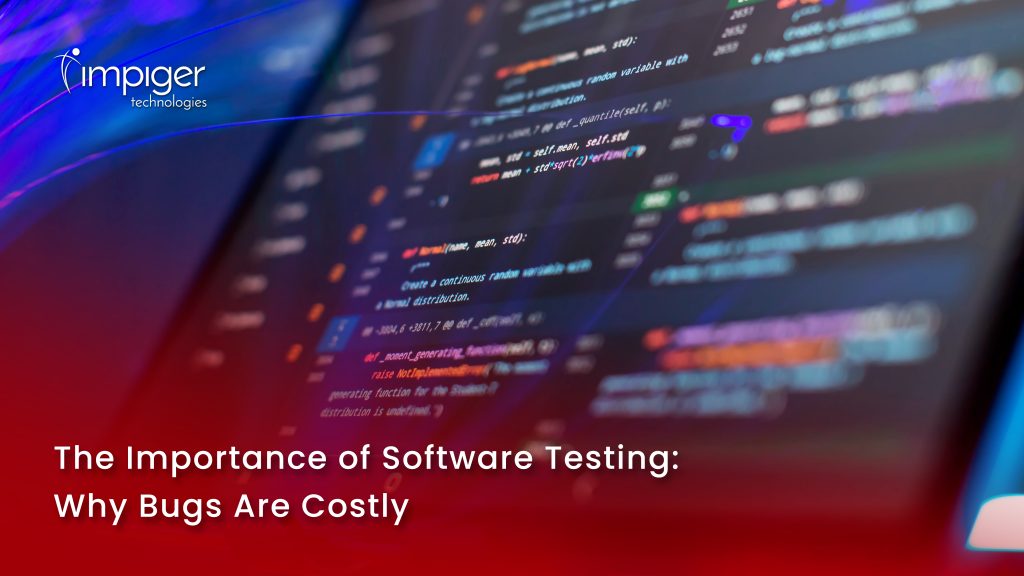In an era dominated by rapid development through Low Code/No Code platforms, the spotlight on application security has never been more intense. As organizations increasingly embrace these efficient development solutions, the need to prioritize and navigate security challenges becomes paramount. In this blog, we explore the intricate landscape of security in the Low Code/No Code era, outlining challenges and best practices for a robust and secure application development process.
Understanding the Security Landscape
Low Code/No Code platforms empower businesses to accelerate application development, but this speed should not compromise security. Understanding the unique security landscape of these platforms is the first step in mitigating potential risks.
Challenges in the Low Code/No Code Security Realm
- Data Exposure: The ease of development can inadvertently lead to the exposure of sensitive data. It’s crucial to identify and secure data points effectively.
- Integration Risks: Connecting various modules in a Low Code/No Code environment can introduce integration vulnerabilities. Ensuring secure connections is vital.
- Authentication and Authorization: As applications become more complex, managing user access and permissions requires careful consideration to avoid unauthorized access.
- Limited Customization Oversight: While empowering, Low Code/No Code platforms may limit the depth of customization, potentially overlooking security configurations. Finding the right balance is key.


Best Practices for Low Code/No Code Security
- Education and Training: Empower developers with training on secure coding practices specific to Low Code/No Code environments, fostering a security-conscious mindset.
- Continuous Monitoring: Implement robust monitoring systems to detect and respond to security threats in real-time. Proactive measures are crucial in preventing potential breaches.
- Authentication Protocols: Enforce robust authentication protocols and multi-factor authentication to secure user access and fortify the application against unauthorized entry.
- Regular Security Audits: Conduct regular security audits to identify vulnerabilities and ensure compliance with industry security standards.
- Collaboration with Security Experts: Foster collaboration between Low Code/No Code developers and security experts to address nuanced security challenges and implement best practices.
Building a Secure Future with Low Code/No Code
Security in the Low Code/No Code era is not a choice; it’s a necessity. By acknowledging the challenges and embracing best practices, organizations can confidently harness the efficiency of these platforms while ensuring the integrity and confidentiality of their applications.
In conclusion, as Low Code/No Code continues to redefine the speed and accessibility of application development, a proactive and security-first approach is essential. By navigating challenges and adopting best practices, organizations can build a secure foundation for innovation, allowing them to fully embrace the potential of the Low Code/No Code era without compromising security.
Blog Reviewed by Kumaresan Selvaraj











